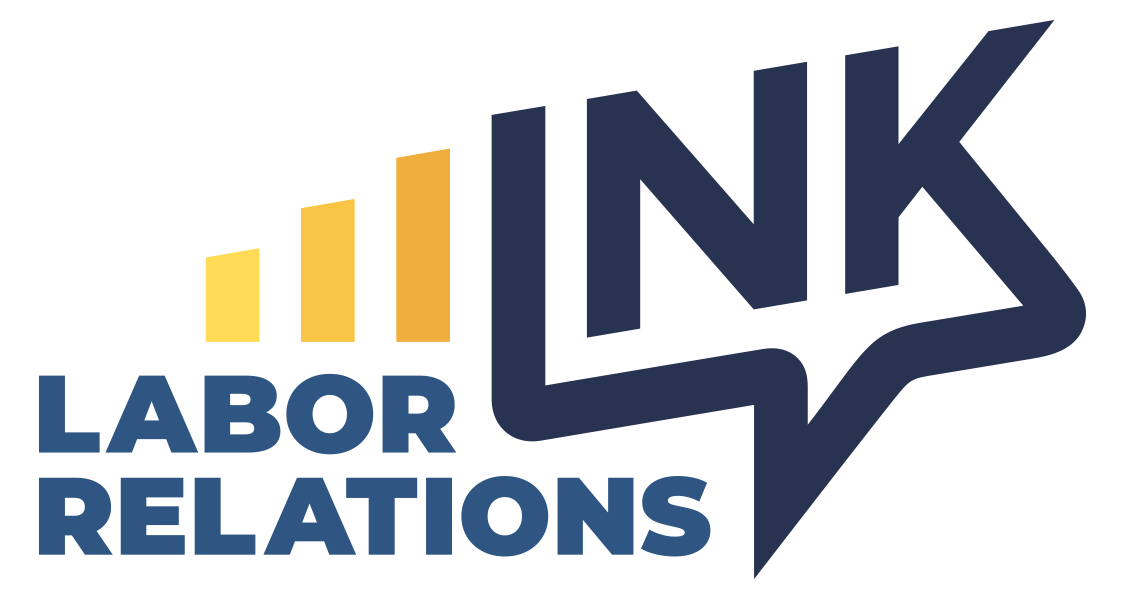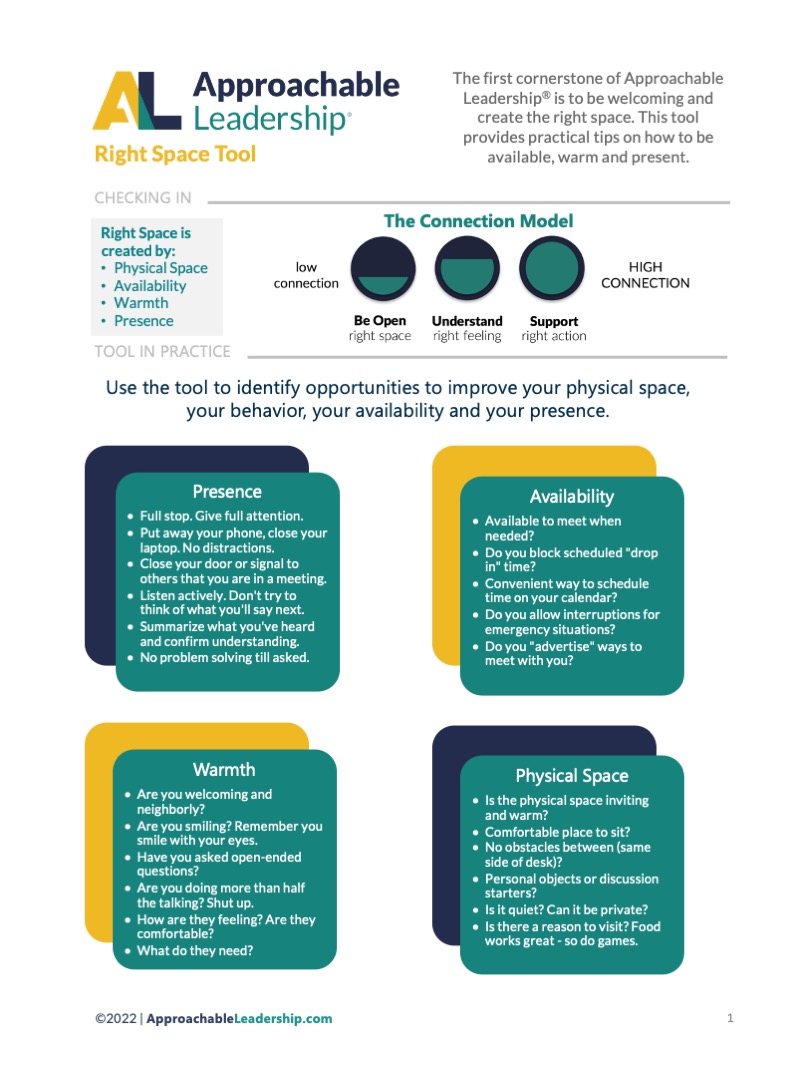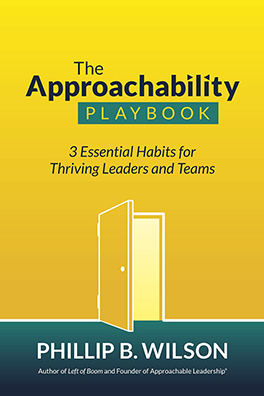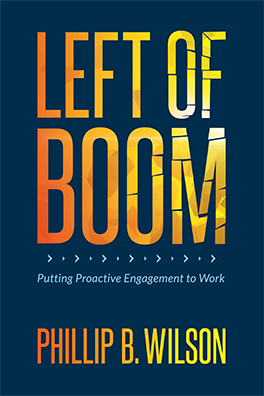In Today’s Issue: Unions: Good or Evil? Many visitors to our site – especially the union supporters – ask me “why are you guys so anti-union – what is so bad about unions?” Actually, they’re often a lot more explicit than that (you’d be surprised the different places I’ve been told to go over the years…). The fact is that I’m not anti-union – I’ve written books and training materials for unionized companies about how to get along with a union productively. I’ve seen and worked with many companies who have a positive relationship with their union. But it’s true that the vast majority of the time I think a union is a bad thing for a company and its employees. Overall I don’t think many unions do what they claim (and what members pay their hard-earned money for) and in most cases I think they are a drag on businesses and the overall economy. Which brings us back to the original question. Why? Unions the Arch-Angel During America’s industrial revolution, workers labored under extreme unsafe conditions, worked long hours, and earned low wages. Even worse, employees had little to no legal protection. Since then government protections – largely lobbied for by unions – successfully raised the bar for better employment environment. The exploitation and abuse so common during the early industrial years of America’s growth are distant memories. By and large employees are treated comparatively well. Even the worst companies typically provide decent pay, benefits and working conditions and legal protections are plentiful. That is not to say that union members can’t claim some superiority to their non-union brothers and sisters. In 2008, according to the Bureau of Labor Statistics, union members median earnings (that includes wages and benefits) of $886 per week (that’s $46,072 per year). Non-union workers whose median weekly earnings were only $691 ($35,932). A higher percentage of union members receive benefits like health insurance than their non-union counterparts. But like with many statistics, things are not always what they seem. First, this wage differential is significantly overstated and disappearing (I won’t go into the reasons here, but if you want to learn more about that take a look at my series Unions: The 7 Lies You must Know). While in many cases (although certainly not all) union members enjoy higher wages, there’s no such thing as a free lunch… Unions the Achilles-heel Now, you see the tables turned. Unions initially used their early power to help workers stop the common abuses and begin to achieve substantial gains in wages and benefits. But soon this power become corrupting. Unions threatened strikes and violence to achieve monopoly wages and benefits for members and companies often agreed to these anti-competitive packages because they felt they had no choice. For a while, companies could continue to operate under these restrictive and onerous contracts, simply passing the costs on to consumers. Yet even during these times unions would strangle a company’s ability to compete and thrive. And it is not simply labor costs that hurt companies. Even more damaging are restrictive work rules, intended to increase headcount (and therefore dues-paying members). In addition there are the administrative costs of observing and enforcing all these rules (often growing to several hundred pages in length). Many firms found themselves in desperate trouble to survive. Resources: To learn more about some of the other common misconceptions about unions, take a look at my email series “Unions: The 7 Lies You Must Know” which has been downloaded over 5,000 times. You can sign up for it here. To your success, Phillip Wilson Next Time: Unions and the “Willy Wonka” Problem
Unions: Good or Evil
by Phillip Wilson | Apr 2, 2009 | News
INK Newsletter
You have Successfully Subscribed!
Labor Relations Insight
- A Year-Long Beverage Strike: Fact Vs. The Teamsters Fiction
- Tipping As A Battleground: Unions, McDonald’s, And Shifting Federal Policies
- Starbucks Workers Try To Turn Up the Heat Without Big Strike Power
- From Nurses To Manufacturers: Work-Life Balance That Also Saves Money
- The New Workplace Risk: Cultural Flashpoints and Employer Response






